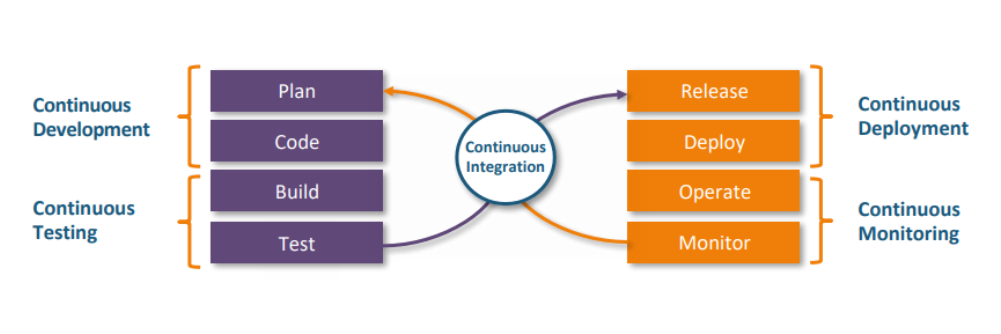Single mode SFP vs. Multimode SFP. What’s the Difference?
Single mode SFP vs. Multimode SFP. What’s the Difference?
- Basic Definition:
Single-mode SFP (Small Form-factor Pluggable): Designed to work with single-mode fiber (SMF) cables, which are used for long-distance communication. Single-mode fiber has a smaller core diameter, typically around 8-10 micrometers.
Multimode SFP: Designed to work with multimode fiber (MMF) cables, which are used for shorter distance communication. Multimode fiber has a larger core diameter, typically around 50-62.5 micrometers.
- Wavelength:
Single mode SFP have Operates at 1310nm or 1550nm wave length. These wavelengths allow for longer transmission distances.
Multimode SFP: Operates typically at 850 nm or 1310 nm wave length. These shorter wavelengths are suitable for shorter distances.
- Transmission Distance:
Single-mode SFP: Supports long-distance communication, ranging from 10 km to over 100 km, depending on the specific SFP model and the quality of the fiber.
Multimode SFP: Supports shorter distances, typically ranging from 300 meters to 2 km, depending on the fiber type and the SFP model.
- Data Rate:
Single-mode SFP: Capable of supporting higher data rates, typically up to 10 Gbps and beyond, making it suitable for high-speed networks.
Multimode SFP: Generally supports lower data rates, typically up to 10 Gbps. However, certain advancements in MMF technology can push this limit higher, but it’s still generally lower compared to single-mode.
- Cost:
Single-mode SFP: Generally more expensive due to the technology required for long-distance transmission and the higher precision needed for single-mode fiber.
Multimode SFP: More cost-effective, especially for short-distance applications.
- Application Scenarios:
Single mode SFP is best for long communication, Like connecting buildings or data centers over long rang or distances.
Multimode SFP: Suitable for short-distance communication within buildings, such as in campus networks, data centers, and enterprise LANs.
- Fiber Type:
Single-mode SFP: Uses single-mode fiber (OS1, OS2), which has a small core and is optimized for long-distance transmission.
Multimode SFP: Uses multimode fiber (OM1, OM2, OM3, OM4, OM5), which has a larger core and is optimized for short-distance transmission.
- Compatibility:
Single mode SFP Cannot be works on multimode fiber.
Multimode SFP Cannot be used with single mode fiber.
- Laser Type:
Single-mode SFP: Typically uses a laser diode (LD) as the light source, which is more powerful and precise.
Multimode SFP: Typically uses a light-emitting diode (LED) or vertical-cavity surface-emitting laser (VCSEL), which is less powerful and suited for short-distance communication.
Summary:
The main differences between single-mode and multimode SFPs lie in the distance they can cover, the cost, the type of fiber they use, and the applications they are best suited for. Single-mode SFPs are designed for long-distance, high-speed communication, making them ideal for wide area networks (WANs), while multimode SFPs are more suited for short-distance, cost-effective solutions like local area networks (LANs).
Share this content:







